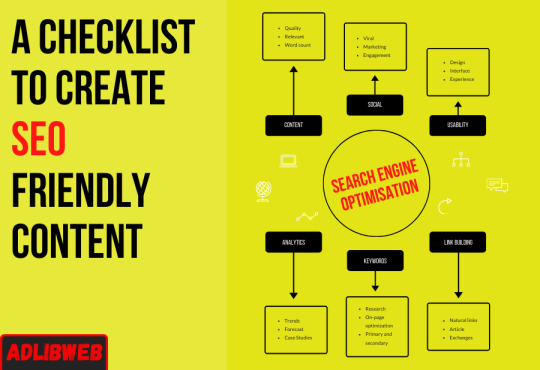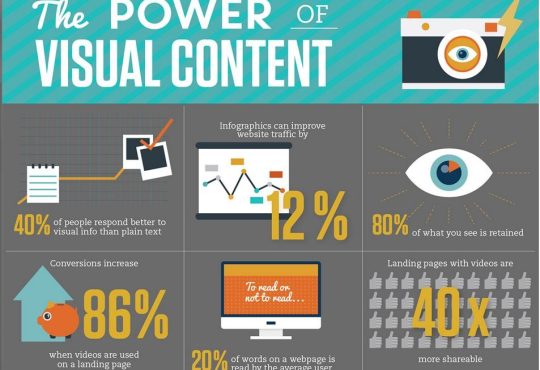
How to Develop a Content Calendar That Works
Creating a successful content calendar is essential for any tech company looking to increase their online presence, engage with their audience, and drive traffic to their website. A well-planned content calendar can help you stay organized, consistent, and relevant in a fast-paced digital landscape. In this article, we will discuss the key steps to developing a content calendar that works for your tech business.
1. Define Your Goals and Audience
The first step in creating a content calendar is to define your goals and identify your target audience. What are you trying to achieve with your content? Are you looking to increase brand awareness, drive traffic to your website, generate leads, or engage with your existing customers? Understanding your goals will help you determine the type of content you should be creating and where you should be distributing it.
Next, you need to identify your target audience. Who are they? What are their interests, pain points, and preferences? Knowing your audience will help you tailor your content to their needs and ensure that it resonates with them.
2. Conduct Keyword Research
Keywords are the foundation of any successful content marketing strategy. Conducting keyword research will help you identify the terms and phrases that your target audience is searching for online. Use tools like SEMrush, Ahrefs, or Google Keyword Planner to find relevant keywords that have high search volume and low competition.
Once you have a list of keywords, incorporate them into your content calendar. Create topics around these keywords to ensure that your content is optimized for search engines and reaches your target audience.
3. Choose Your Content Types and Formats
There are numerous types of content that you can create, including blog posts, videos, infographics, podcasts, webinars, and social media posts. Depending on your goals and audience, choose the types of content that will best resonate with your target audience.
Consider creating a mix of content types to keep your audience engaged and interested. For example, you could create a blog post one week, a video the next, and a webinar the following week. Experiment with different formats to see what works best for your audience.
4. Plan Your Content Topics and Schedule
Once you have defined your goals, audience, keywords, and content types, it’s time to plan your content topics and schedule. Start by creating a list of topics that are relevant to your audience and aligned with your goals.
Next, decide how often you will be publishing new content. Will you be posting daily, weekly, bi-weekly, or monthly? Create a content calendar that outlines when each piece of content will be published and where it will be distributed.
5. Monitor and Analyze Your Results
After implementing your content calendar, it’s important to monitor and analyze your results. Use tools like Google Analytics, SEMrush, or social media analytics to track the performance of your content. Pay attention to metrics like website traffic, engagement, conversions, and social shares.
Based on your results, make adjustments to your content calendar as needed. If certain types of content are performing well, create more of that type. If certain topics are resonating with your audience, create similar content in the future.
Conclusion
Developing a content calendar that works for your tech business requires careful planning, research, and analysis. By defining your goals, audience, keywords, content types, topics, and schedule, you can create a successful content calendar that will help you achieve your marketing objectives. Remember to monitor and analyze your results regularly and make adjustments to your content calendar as needed. With a well-planned content calendar, you can increase your online presence, engage with your audience, and drive traffic to your website.



